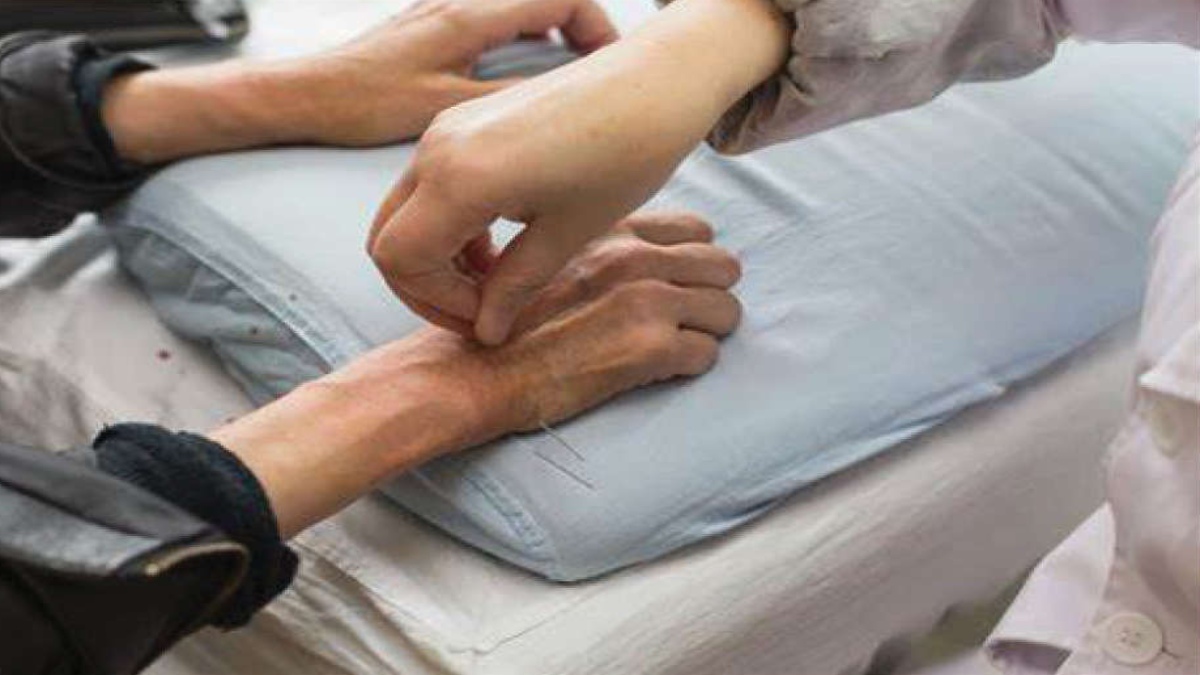An insulin disorder that affects over 450 million people across the world, Diabetes Mellitus is one of the leading causes of death worldwide. In India alone, over 70 million people are estimated to be living with diabetes. Poor disease management and ineffective blood sugar control is a major risk factor for a series of life-threatening conditions such as cardiovascular, strokes and renal disease. In fact, diabetes is a major cause of vision loss, kidney failure, heart attacks, stroke and amputations. Worrisomely, the incidence of this lifestyle disorder has grown tremendously over the past three decades largely due to unhealthy lifestyles, increasing consumption of processed foods and a dramatic drop in physical activity.
Naturopathic interventions such as diet management, yoga, lifestyle alterations and acupuncture can play a significant role in controlling the diabetes pandemic. Adopting a naturopathic way of life not only helps patients keep their blood sugar level under control, but also help them reduce their dosage of allopathic drugs.
Acupunture as a diabetes control intervention
The widely used alternative healing practice of acupuncture dates back to more than 3500 years. This ancient Chinese practice is based on the belief that life energy also known as qi flows through our bodies through certain pathways, thereby regulating health and vitality. When the flow of this vital energy is obstructed due to some reason, the body experiences diseases. Acupuncture uses the practice of inserting pins and needles on strategic points on the body to remove the obstruction and revive the flow of energy through our organs. There are around 1000 acupuncture points in the human body.
Acupuncture is an effective therapy for diabetes, especially for type 2 diabetics. It helps regulate pancreatic function and control blood sugar levels in the body. The result is better glycemic control and improved overall health. A study published in the Journal of Traditional Chinese Medicines in 2019 found that when administered along with metformin drug, acupuncture treatment helped significantly reduce levels of both FPG and HbA1c – two critical diabetes indicators – in patients. The study, therefore, recommended the use of acupuncture as an adjuvant therapy among Type 2 diabetics.
Mainly two types of acupuncture practices are used to treat diabetes — electroacupuncture and wrist-ankle treatment. The former is the most common form of treatment in which needles are pierced at trigger points. Then a low-frequency electrical variation is transferred from one needle to another that helps fight insulin resistance. Wrist-ankle treatment is most effective in bringing down the sugar levels and focuses on deep stimulation of the trigger points.
However, several myths and misconceptions about acupuncture prevent many people from receiving its benefits. We demystify some common myths related to acupuncture here.
1. It’s painful
The mere thought of needles being pierced into the skin leaves many people petrified, but acupuncture isn’t as painful as you think it to be. The needles used for acupuncture are very thin and you feel very little or almost no discomfort while they are inserted. Many patients don’t even realise when the needles are being pierced into their body.
2. Doctors don’t recommend this
The World Health Organization and National Institutes of Health have recognised acupuncture as an effective therapy for treating not just pain but also several other conditions like diabetes. A number of modern medicine practitioners also prescribe acupuncture as an adjuvant therapy along with the regular medicines particularly to patients displaying poor glycemic control. A number of studies have found acupuncture to be effective in controlling blood sugar levels.
3. It has side effects
Acupuncture is absolutely safe when performed by a certified acupuncture practitioner. Side effects are almost negligible or only minor such as soreness, minor bleeding in some cases or dizziness. However, no serious adverse effect is associated with this therapy.
4. The treatment is expensive
Acupuncture is affordable and does not burn a hole in your pocket. On average, it costs around 1500 to 2000 Rs per session. Overall, the therapy may also help reduce dosage of diabetes drugs.
5. You get addicted to acupuncture
No, acupuncture is not addictive or dependence creating. The practice does help relieve stress and calm down people but it doesn’t create any dependence.
The writer is Sr. Naturopath at Jindal Naturecure Institute.























